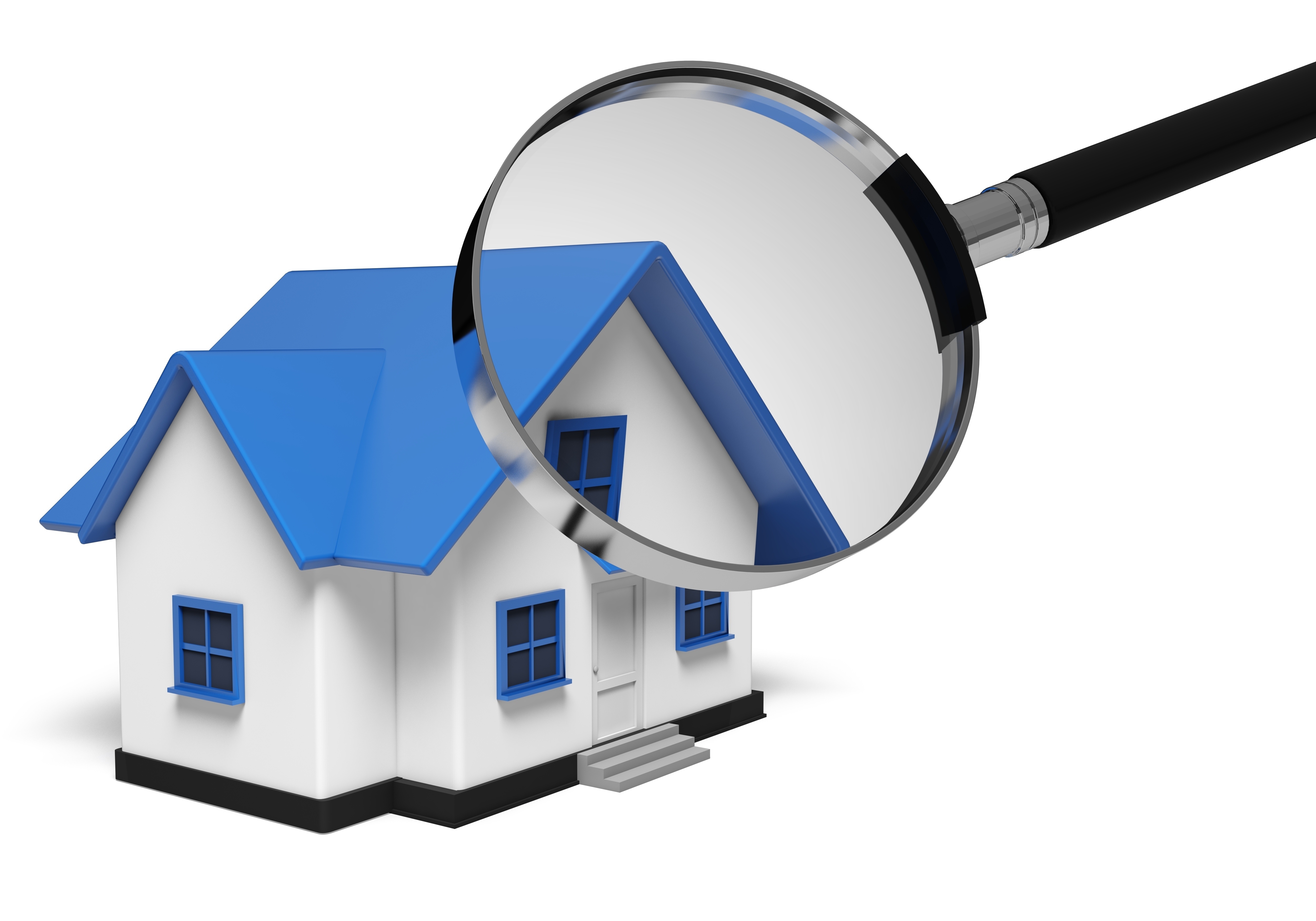
Home Appraisals: A PrimerGetting a house can be the largest investment most of us could ever consider. Whether it's a main residence, a second vacation home or one of many rentals, the purchase of real property is a complex transaction that requires multiple people working in concert to pull it all off. Most of the participants are quite familiar. The most recognizable face in the transaction is the real estate agent. Then, the bank provides the financial capital required to bankroll the deal. And the title company ensures that all areas of the transaction are completed and that the title is clear to transfer from the seller to the buyer. So, what party is responsible for making sure the real estate is worth the amount being paid? This is where the appraiser comes in. We provide an unbiased opinion of what a buyer might expect to pay — or a seller receive — for a property, where both buyer and seller are informed parties. A licensed, certified, professional appraiser from Leavitt Appraisals will ensure, you as an interested party, are informed. Appraisals begin with the property inspectionTo ascertain an accurate status of the property, it's our responsibility to first complete a thorough inspection. We must see aspects of the property first hand, such as the number of bedrooms and bathrooms, the location, and so on, to ensure they truly are there and are in the condition a reasonable person would expect them to be. The inspection often includes a sketch of the property, ensuring the square footage is correct and conveying the layout of the property. Most importantly, we look for any obvious features - or defects - that would have an impact on the value of the property. After the inspection, we use two or three approaches to determining the value of real property: a sales comparison, a replacement cost calculation, and an income approach when rental properties are prevalent. 
Replacement CostThis is where the appraiser uses information on local construction costs, labor rates and other elements to calculate how much it would cost to replace the property being appraised. This value usually sets the upper limit on what a property would sell for. The cost approach is also the least used predictor of value. 
Analyzing Comparable SalesAppraisers become very familiar with the neighborhoods in which they work. They thoroughly understand the value of particular features to the homeowners of that area. Then, the appraiser researches recent transactions in close proximity to the subject and finds properties which are 'comparable' to the property in question. Using knowledge of the value of certain items such as square footage, extra bathrooms, hardwood floors, fireplaces or view lots (just to name a few), we add or subtract from each comparable's sales price so that they are more accurately in line with the features of subject property.
After all differences have been accounted for, the appraiser reconciles the adjusted sales prices of all the comps and then derives an opinion of what the subject could sell for. At Leavitt Appraisals, we are an authority in knowing the worth of real estate features in Bunkerville and Clark County neighborhoods. The sales comparison approach to value is commonly given the most consideration when an appraisal is for a home exchange. Valuation Using the Income ApproachIn the case of income producing properties - rental houses for example - the appraiser may use a third method of valuing a house. In this situation, the amount of income the property yields is taken into consideration along with other rents in the area for comparable properties to determine the current value. The Bottom LineAnalyzing the data from all approaches, the appraiser is then ready to stipulate an estimated market value for the property in question. The estimate of value on the appraisal report is not always what's being paid for the property even though it is likely the best indication of a property's valueDepending on the individual situations of the buyer or seller, their level of urgency or a buyer's desire for that exact property, the closing price of a home can always be driven up or down.Regardless, the appraised value is typically used as a guideline for lenders who don't want to loan a buyer more money than they could get back in case they had to sell the property again. It all comes down to this, an appraiser from Leavitt Appraisals will help you get the most accurate property value, so you can make wise real estate decisions. |